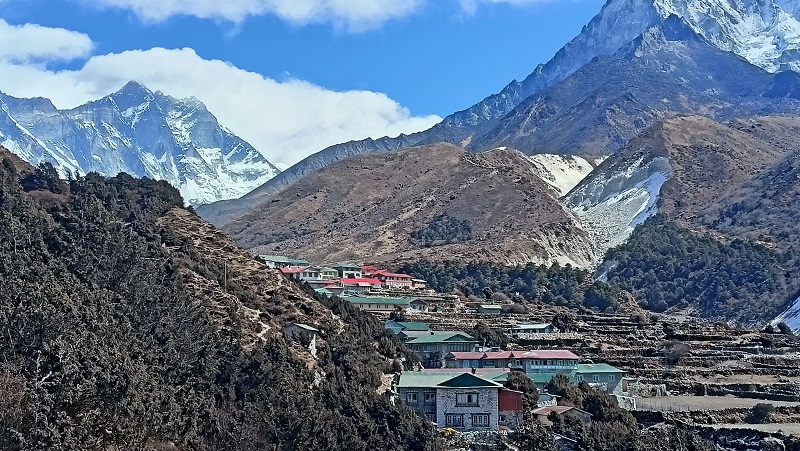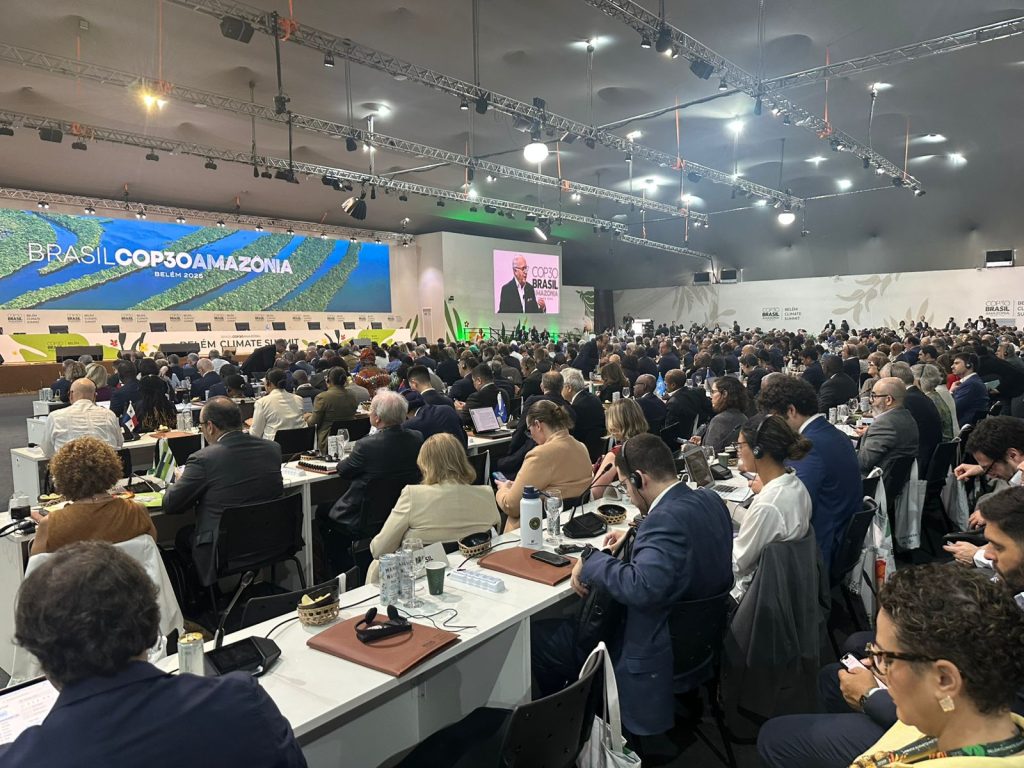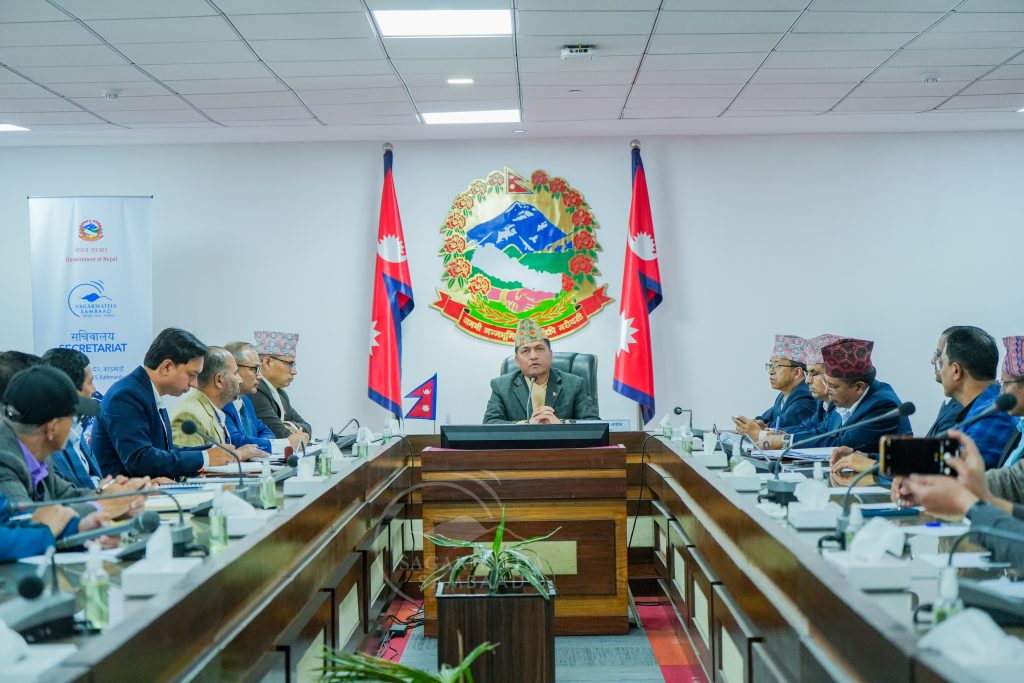From Melting Glaciers to Failing Crops: Nepalese Women Face the Climate Crisis

Solukhumbu- High in the Himalayan villages of Nepal, life is no longer predictable. The sowing season, snowfall, and harvest — once the steady rhythm of daily life — have become erratic. And it is women who are feeling the impact most sharply.
Ngim Doma Sherpa, a health worker in Solukhumbu’s Khumbu region, has observed worrying trends over the past decade. Women report longer menstrual cycles, abnormal bleeding, and difficulties in conceiving. “These are likely effects of climate change,” she says, noting that unpredictable snowfall and rising temperatures are altering women’s reproductive health.
Experts say that climate change does not only affect the environment but also human health. Activist Prajita Karki explains that rising temperatures and irregular rainfall patterns directly impact women’s lifestyles and well-being. Dr. Sanjiv Tiwari, General Secretary of the Nepal Medical Association, adds, “Hormonal imbalance caused by climate stress can affect both physical and mental health, and ultimately reproductive capacity. This is an urgent area for research.”
Agriculture, the backbone of life in high-altitude villages, is also under threat. Crops such as wheat, barley, and buckwheat are failing due to erratic weather. Pasang Lhamu Sherpa from Khumjung says, “It is becoming harder to grow staple crops. Women and children are the first to feel the nutritional impact.” Once fertile terraces are now barren, leaving families dependent on expensive imported food.
The physical landscape mirrors the human struggle. Glaciers in the Everest region are shrinking and thinning at alarming rates, with 21 glacial lakes currently considered at risk of bursting. Base camps and trekking routes that once provided stability for climbers now face heightened landslide risks. Karma Sherpa, a tourism entrepreneur in the region, observes, “In the past decade, glaciers have melted faster than ever. The ice is retreating, exposing dark rock and unstable terrain.” Rising temperatures combined with pollution from climbers are accelerating glacier degradation, and erratic snowfall and rainfall are destabilizing the mountains from peak to base.
Nepal’s vulnerability is stark. The country ranks fourth among the world’s most climate-vulnerable nations, yet contributes only one percent to global greenhouse gas emissions. In 2018 alone, landslides caused economic losses estimated at 70 billion Nepali rupees, destroying homes, farmland, and roads. With 28.6 percent of the population living under multidimensional poverty and the majority dependent on agriculture, the stakes for women are particularly high.
Dr. Arzu Rana Deuba, a Nepali parliamentarian focused on gender and social justice, emphasizes, “Women in Nepal are disproportionately affected by climate change. Without gender-sensitive approaches, we cannot meet development or climate goals.”
Even environmental pledges offer both hope and urgency. Nepal has committed to preserving 40 percent of its forests, which could help mitigate some climate risks. Yet for women in high-altitude villages, the effects are immediate and tangible: disrupted reproductive health, declining nutrition due to crop failures, and increased physical labor as they manage households in changing conditions.
The story of Nepal’s women is ultimately a story of resilience. They navigate barren terraces, shrinking glaciers, and uncertain harvests, all while maintaining families and communities. Their lives reveal the human face of climate change — a reminder that global crises are measured not just in temperatures or glacial melt, but in the bodies, work, and health of the most vulnerable.

 Pitambar Sigdel
Pitambar Sigdel



Feedback